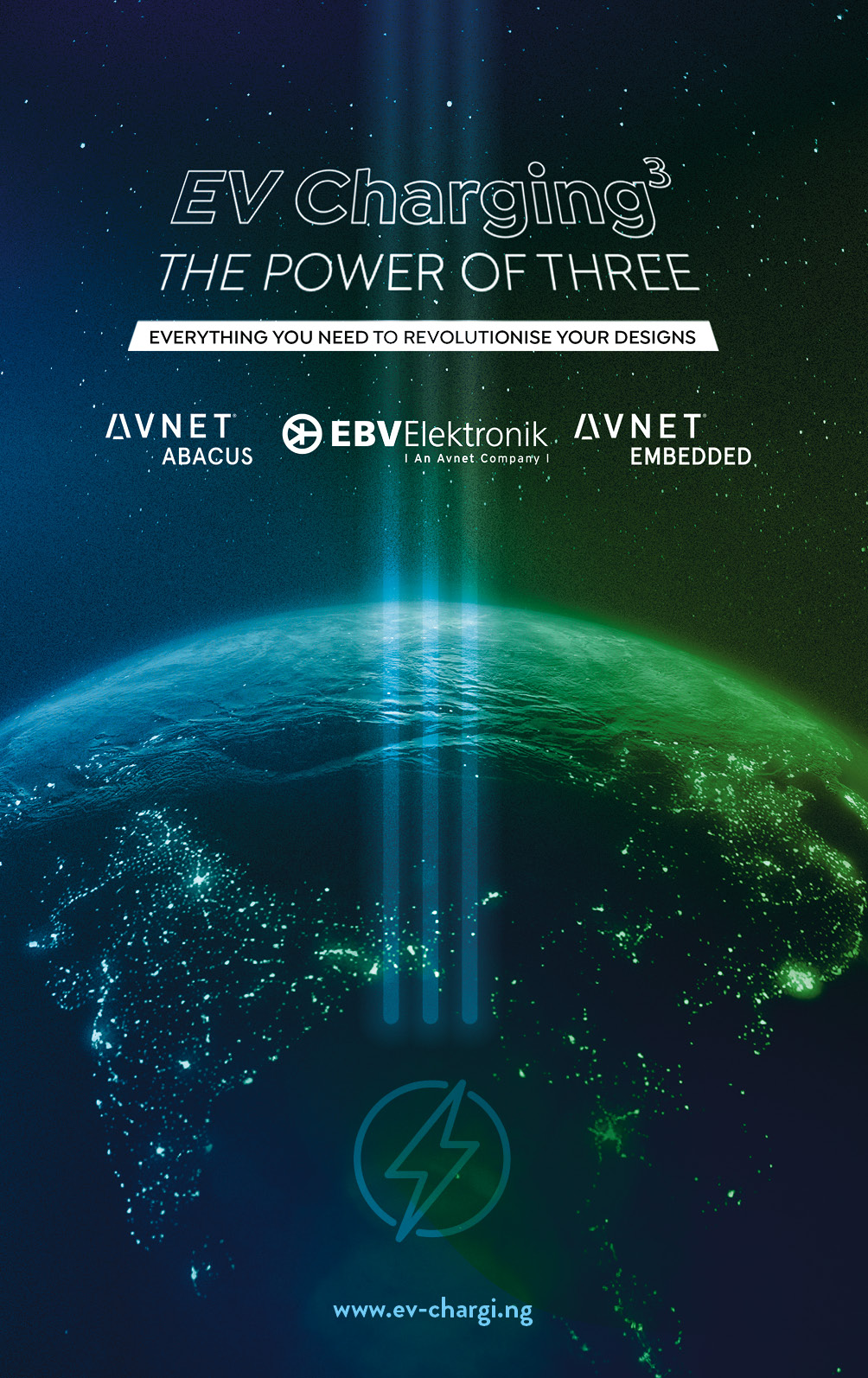In order to ensure electromobility solutions are widely accepted, it is not only important that sufficient charging stations are available, but also that the charging process itself is as simple as possible. There are various requirements to take into account here.
Drivers of electric vehicles don’t actually ask for much when it comes to the charging process: they are simply looking for a user experience that is comparable to refuelling with petrol or diesel.
In other words, they want to be able to freely choose their fuel (or charging) station operator, not have to wait at all or only for a short while, and have a range of payment options to choose from.
Apps as a concierge
The first step towards achieving this level of service are apps that provide a range of digital services to help drivers when charging their electric vehicle.
For example, they enable drivers to filter for suitable charging stations based on criteria like plug type, charging speed, operator and type of access.
The FordPass app is one such app – it lets drivers of electric vehicles configure charging plans and warnings at home and makes it simple to prepare their vehicle before setting off.
One important feature of Ford’s app is a tool that simplifies journey planning by taking into account the vehicle’s current state of charge and locating charging stations along the route.
Free choice of charging station
However, an app does not solve the problem of drivers being restricted to a single charging station operator. The aim should be that drivers can access as many charging stations as possible with a single customer account.
This is referred to as “roaming”, like with mobile telephony, which means that drivers of electric cars can charge anywhere without any issues, regardless of what route they are taking.
However, this development is still only getting started. Bilateral roaming in particular is currently proving popular – this is when two market players agree that their customers can use each other’s network.
While this type of peer-to-peer roaming agreement opens up access to more charging stations, it still doesn’t enable drivers to choose any one they like.
This would only be possible with open roaming, which would require the use of generally accepted protocols and interoperability standards for charging. These do not exist yet for electric vehicles on the European market.
However, major roaming platforms do currently exist. The largest of them all is currently Hubject, which provides access to more than 400,000 charging points in Europe, the USA and Japan.
“The quality of service of public charging stations is becoming a crucial success factor in adopting electric vehicles. The market needs reliable, accessible and available charging stations, so we can convince more people to switch to an emission-free form of mobility in the future,”
says Christian Hahn, CEO of Hubject.
Simply plug in and you’re ready
Another method that makes it easier to charge electric vehicles – particularly when it comes to roaming – is the Plug & Charge function.
This technology provides a simple means of authentication for drivers of electric vehicles at the charging station. Simply connect the electric vehicle to the charging station and the vehicle and station will exchange the relevant data via the charging cable. The charging process then starts completely automatically.
“If we want more people to switch over to e-mobility, it will be crucial to ensure charging stations are easy to use – and the Plug & Charge function is a major step towards achieving this.
Even if the technology is still in its infancy, it nonetheless gives our customers the best possible seamless charging experience today,” says Jörg Reimann, CEO of Digital Charging Solutions.
The company develops charging solutions for car manufacturers and fleet operators.
Simpler payments
It is not only the charging network that is highly fragmented – the payment infrastructure for electric vehicles varies greatly as well.
“Uniform standards and secure, open payment systems are therefore important in order to increase acceptance among consumers and ensure the long-term success of e-mobility,”
says David Klemm, Vice President of Business Development at Mastercard.
The basis for this is open-loop technology that enables an operator of charging stations to accept all common payment methods.
Of course, things would be even easier if the electric car itself acted as your wallet or purse. E-Wallet technology would make this possible, as it turns the actual vehicle into a trusted data source.
With this approach, it can autonomously execute secure transactions between customers, vehicles and other infrastructure.
For example, the electric car could automatically make the payment at the charging point or independently sell power from the battery to an electricity provider.
So we can see that, in future, it might even be simpler and more convenient to charge your electric vehicle than it is to refuel a non-electric vehicle.



